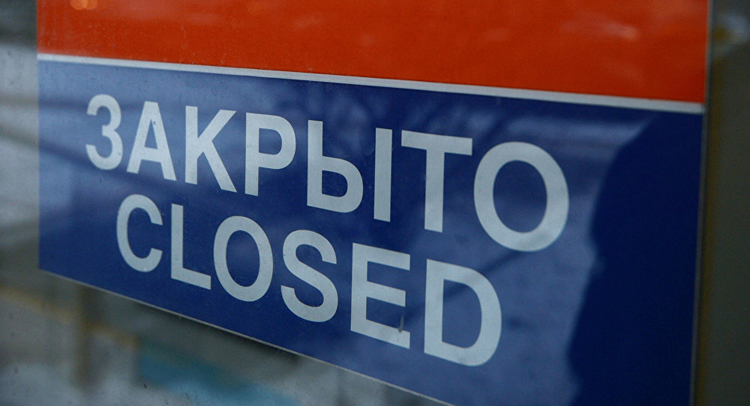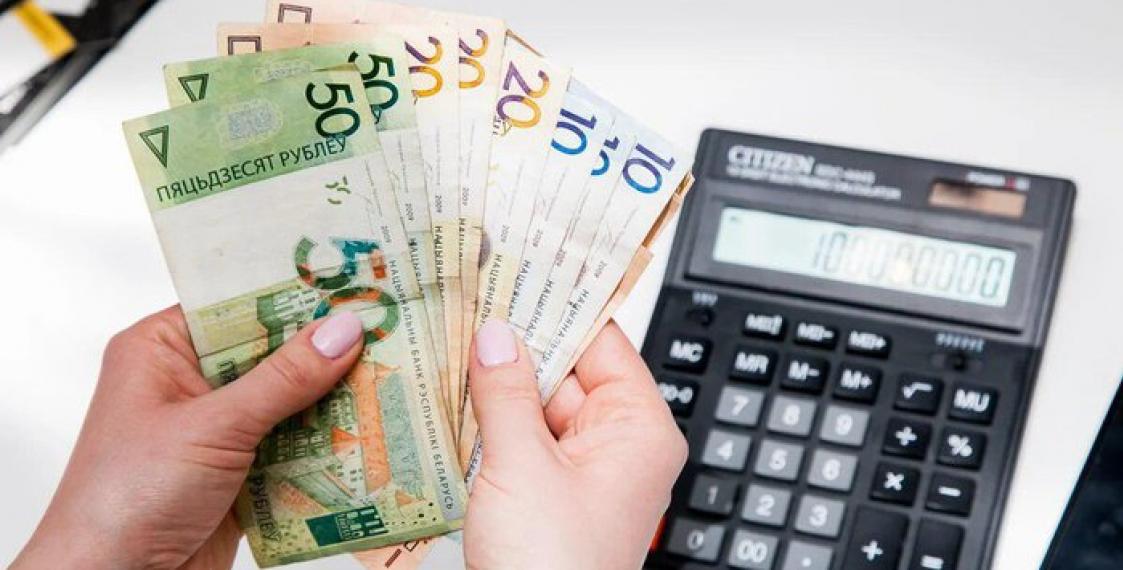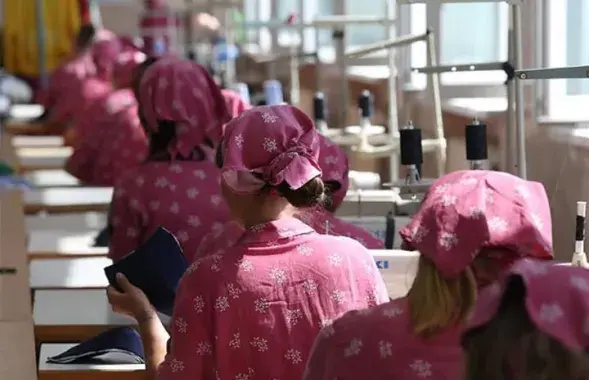Almost 20% of Belarusian enterprises operate at a loss

Belarusian Cement Plant
More than 60% of Belarusian enterprises operate at a loss or with a profitability close to zero.
According to the latest Belstat data, in January-July 2020б the number of unprofitable Belarusian enterprises increased by 27.5% compared to last year. Now there are 19% of them in Belarus, while in 2019 the number was 14.9%.
Zhanna Tarasevich, director of the Business Union of Entrepreneurs and Employers named after Professor M. S. Kunyausky, believes the situation with unprofitable enterprises in Belarus is serious.
"In addition to the growth of unprofitable enterprises, we must understand that enterprises with a profitability of 0 to 5% make up about 42-43%. These are enterprises operating almost at a loss, because taking into account the inflation of 5%, the profitability will be zero or negative," says the head of BUEE.
In the current Belarusian economy, more than 60% of Belarusian enterprises operate at a loss or with a profitability close to zero.
Alyaksandr Kalinin, chairman of the Belarusian Union of Entrepreneurs, adds that work with very low profitability is typical for state-owned enterprises.
"If the company shows a profitability of 0.5%, it is not considered unprofitable. This is the trend in the public sector. The main thing is not to show losses. If you break even and spend money, it is not punishable," says Kalinin.
The largest number of unprofitable organizations in January-July was found in Minsk: 22.3%. The smallest number of those was in the Homiel region -- 13.2%.
The average losses per organization amounted to 3.6 million rubles and increased by 4.9 times compared to January-July 2019. The worst situation can be seen in the Hrodna region. There, the average amount of losses per organization are 14.1 million rubles. The smallest losses were incurred by enterprises in the Vitsebsk region -- 1.6 million rubles.
Hospitality sector takes major blow

By industry, the most unprofitable organizations can be found in the provision of temporary accommodation and catering services (62.4%) and in healthcare and social services (47%). Transportation services follow them with 26.7%. All these are the consequences of the coronavirus pandemic. Although no quarantine was announced in Belarus, the number of clients decreased, trains began to run less frequently, and planes took off less often.
"The flow of clients has decreased significantly, but the costs have remained approximately the same. The rent and communal flat had to be paid in the same way," says Alyaksandr Kalinin about the medical services. In the midst of COVID-19, routine examinations were canceled and people tried not to visit medical institutions without a strong need.
"Belarus has a rather powerful non-state healthcare sector with a turnover of $ 2-3 million in export of services. It completely lay flat, because there were no foreigners".
The least unprofitable enterprises in January-July were found in agriculture, forestry and fisheries (7.8%), mining (8.3%) and professional, scientific and technical activities (9.7%).
Experts note that the decrease in the number of unprofitable enterprises in agriculture is explained by the seasonality of the industry, a good harvest and ... government subsidies. According to these statistics, it is impossible to name exactly the percentage of agricultural organizations that would have shown a loss if there were no state subsidies.
Debt on the rise

As of August 1, the total debt of enterprises amounted to 148.4 billion rubles and increased by 11.7% compared to January 1. Of these, the companies' accounts payable reached 58.3 billion rubles. Compared to the figure on January 1, it increased by 7%. Another 90 billion rubles are made of loans and borrowings. It increased by 15% compared to January.
Accounts receivable amounted to 46.9 billion rubles. It increased by 13.5% with an increase in the industrial producer price index for the period under review by 4.3%.
Businesses struggling
“At the end of July, BUEE did a survey where about 80% of respondents said that they would need six months to recover from the first wave of COVID-19,” says Zhanna Tarasevich.
The situation is aggravated by the instability of the ruble exchange rate and the lack of access to financial resources due to problems in the banking sector.
"The second wave of COVID-19 has begun. Because of this, you can forget about the tourist flows that we have been trying to accumulate for years. On the other hand, there's political instability, which also strongly affects business sector," emphasizes Alyaksandr Kalinin.
According to the experts interviewed, the number of unprofitable enterprises will grow. Among other things, this will be reflected in the statistics for the third quarter due to the coronavirus, a decrease in the paying capacity of the population and losses of previous years, which were carried over into future periods.
"We also have problems with sales markets, because the entire world economy has contracted. It has become much more difficult to supply products for export than it was in 2019," says Maryia Akulava, a BEROC researcher. "It will become much more difficult for state-owned companies, because foreign funds were usually attracted to support them. In the current environment, when investment risks have grown significantly, it will be difficult to get money. Plus, it is not clear where to get them, except in Russia. Nobody else wants to invest".
















